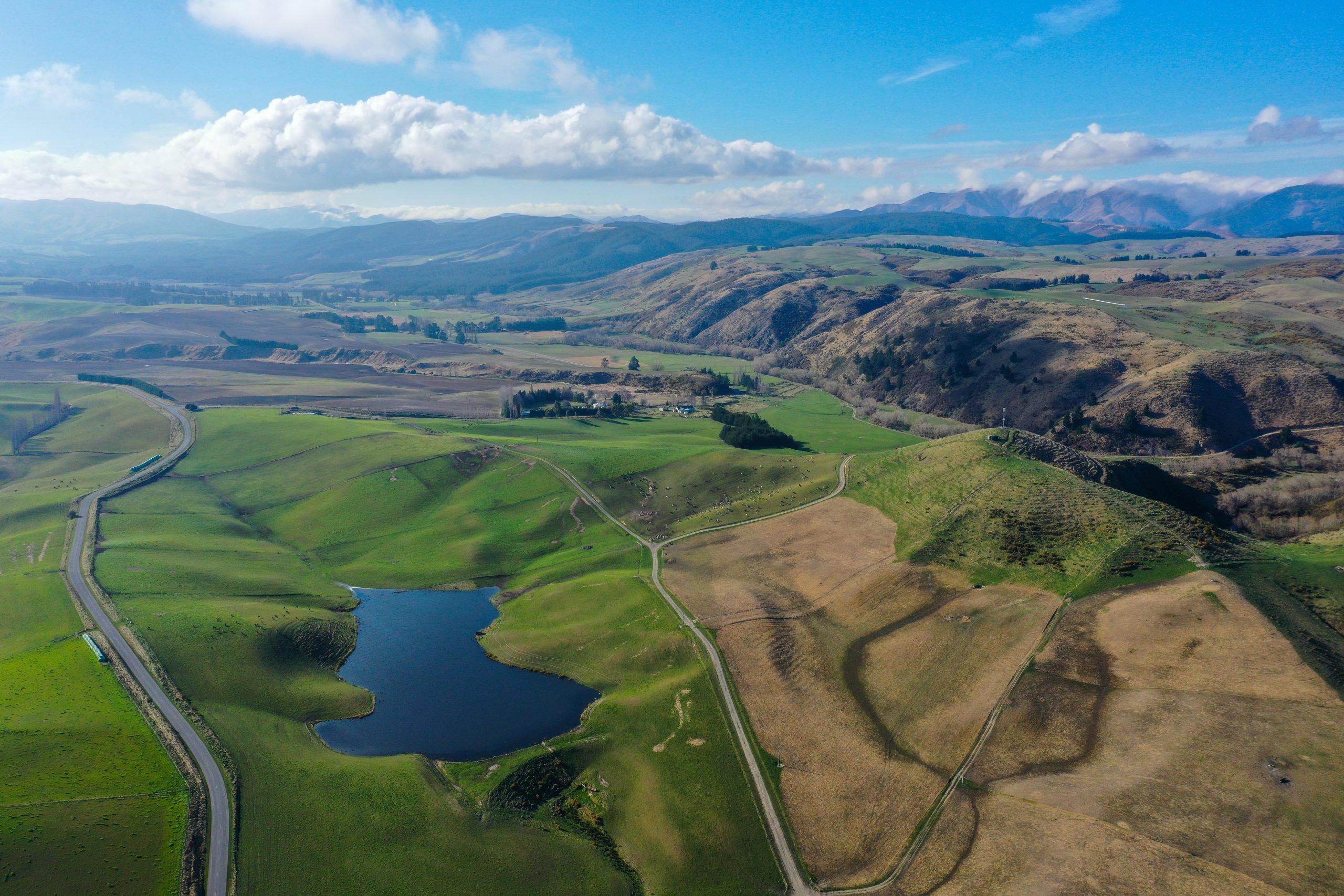Otago councillors have pushed back against a proposal to impose a minimum flow setting process. Keri Johnston reports.
It would be fair to say that 2018 did not end well for the Otago Regional Council.
At the final council meeting for the year, councillors voted six to five against pushing through minimum flow setting processes for three Central Otago catchments, instead voting to do this work in parallel with the work required by the National Policy Statement for Freshwater Management (NPSFM).
If the vote had gone the other way, this would have seen minimum flows set without allocation limits.
These are not separate processes – the quantity of water in a river is a direct result of two things; how low the river flows can be taken under abstraction, and how much water can be taken. De-coupling these two things would have been a bloody stupid outcome, and I’m pleased councillors have recognised this too (albeit only just).
Unfortunately for Otago, this is merely the icing on the cake. It is facing a huge workload ahead of the expiry of deemed permits (mining rights) in 2021. There are historic water rights that at the time the Resource Management Act was first written were put in the too-hard basket to address, so instead, the authors of the Act pushed the problem out, and gave these water right holders until 2021 to replace these rights with a resource consent.
This may seem like quite a straight forward thing to do but deemed permits have no restrictions attached to them.
They set a rate of take, and that’s about it… no minimum flow, no allocation limits, no annual volumes.
Replacing these with a resource consent will require those things, but Otago has not yet set minimum flows or allocation limits for many of the catchments where these rights exist, and hence the mad panic before Christmas to push through minimum flow setting separately from allocation limits.
There is no doubt that minimum flow setting process is needed, and sooner rather than later, but to do one without the other is trying to take a shortcut over a cliff.
A review of all of Otago’s plans and whether they met the requirements of the NPSFM was also undertaken in 2018. It was concluded that they didn’t – not even Plan Change 6A which is Otago’s answer to managing water quality in the region, and which doesn’t come fully into effect until April 1, 2020. This means all their plans must be reviewed in line with the requirements of the NPSFM by 2025 (when all regional councils are required to have given effect to the NPSFM), further adding to already large workload ahead of it.
None of the processes ahead of it can be done overnight and will require significant community and stakeholder involvement if they are to be successful in the long term. They won’t want a repeat of the Lindis Catchment process which has seen the council decision appealed by the Lindis Catchment Group and joined by a further 18 parties in the Environment Court.
The outcome of this is still to be decided, but the proposal put forward by the Lindis Catchment Group certainly takes a more holistic view and looks at minimum flows, allocation and rationalising of where abstraction occurs.
Staff of the Otago Regional Council now seem to accept the alternate flow regime – despite being vehemently opposed to it during the plan hearings. The hearing is due to reconvene on January 28, 2019.
So, Otago is likely in for a few rough years.
- Keri Johnston is a natural resources engineer with Irricon Resource Solutions.





